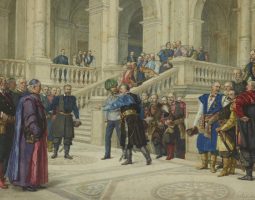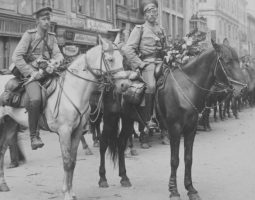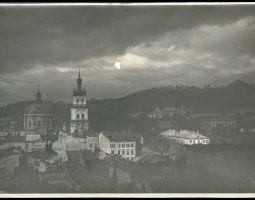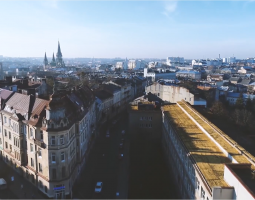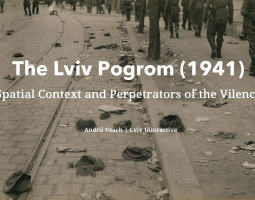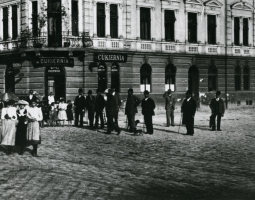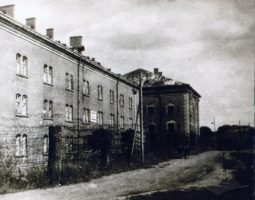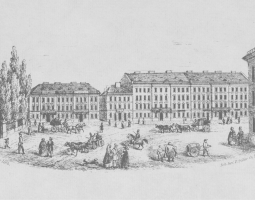Digital storytelling is a publication format on the history of Lviv that was born within the "Lviv Interactive" project. It helps us to explore the urban space and the historical context through the narrative form, maps, and multimedia materials.
We started using the format in 2017 when the materials of one of the summer schools run by the Center were adapted to the format of a virtual city walk under the title "Past, Present, and Memory: a New View on the Jewish Lviv." The authors tried to expand the perspective on the history of the Jewish community in Lviv by including the understudied contexts on the experiences of urban space and Jewish heritage. The publication helped to document and save the outcomes of the summer school, and also broadened the audience of the walk.
Later, digital stories evolved into an independent genre of publications on the "Lviv Interactive", and the basis for conducting city walks. We continue to combine offline and online formats.
A series of multimedia stories were created as part of the discussion programs. When telling the history of the Second World War in Lviv, we developed digital stories on hiding the Higgers family in the sewage system in Lviv during the Holocaust or a story of a prisoner from the Janowska camp Leon Wells (Weliczker). Jointly with the "Territory of Terror" memorial museum, we also tried to virtually mark the sites of violence during the Second World War, and this context present within the city’s public space. When mapping the story about David Kahane, we managed to create a map of the Lviv ghetto and the Janowska camp.
We are working on the spatial stories about Lviv in the Habsburg period, as part of the LIA seminars. In particular, these are the publications about the visits of emperor Franz Josef to Lviv or the story of the assassination of the Galician governor. With the help of this format, we also marked the history of the general regional exhibition of Galicia or the spaces of the Habsburg university.
At the same time, the possibility to take a virtual walk around the city is also an attempt to make the stories accessible for people with low mobility and those living outside Lviv. With the onset of the coronavirus pandemic in 2020, the virtual walks received a boost, due to the restrictions of physical trips.
The format is a chance to reflect upon the opportunities and challenges that come from the digital narrative stories in a discussion about cities and urbanity. In particular, we focus on how the experience of a place, in a direct or mediated way, can impact our understanding of the historical context. Can we treat the physical walk in the city as an optimal way to understand the city’s past? What space for conversation is offered by digital stories? What is the role of imagination in our practices of exploring the past?
